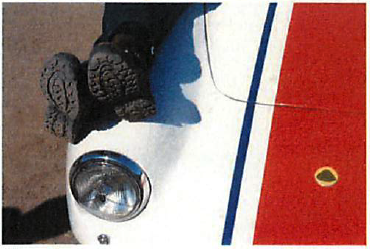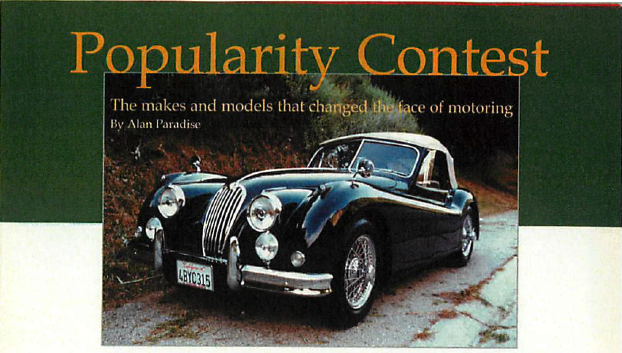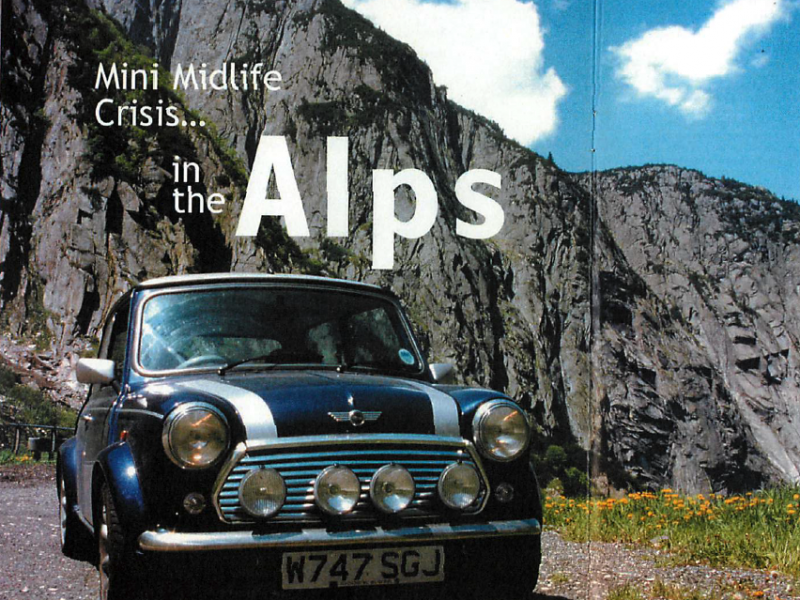By Wiley Davis
The glowing transparency sitting on the light table said it all. Two boots, cut off at the ankles by the top of the frame. Underneath them, the bonnet of a 1962 Lotus Elite, white with orange and blue stripes. The owner of those boots, Mike Ostrov, had what I would call a relationship with his automobiles. If those boots scratched the car it was no matter—he would fix it. Like an old friend, the Lotus was intertwined with Mike’s life so completely that it was impossible for him to be protective or neurotic around the machine. Mike and the Lotus made one another comfortable.
This scene contrasts importantly with a photo shoot near Mirage Lake outside of Los Angeles, California, some months ago. The original intent was to shoot a group of modified Mazda Miatas on the dry lakebed. The presence of dust and the lack of pavement, however, had the group in fits. We settled on shooting along the roadside instead. A strange dance ensued. I would kneel down, put the camera to my eye, focus and begin depressing the shutter release button when suddenly, a person would leap into the frame and begin licking their wheels clean. Actually, most of them used a rag, but the fact remains that they could not let me take a photo without making absolutely certain no dust had settled on their trophy queens.
The key to understanding this dissimilarity is to understand that a relationship involves interaction and openness. When dealing with automobiles, this means a willingness to learn about the machine, to ask it how it’s doing. To listen to the valves and check the condition of the spark plugs. It means having a desire to learn everything about the car, how to rebuild the engine, adjust the carburetors, and swap a transmission. It comes from recognizing that appearance is only one tiny component of the entire package. Those with solid automotive relationships see a mechanical failure as a chance to tinker, not a hassle.
My first car was a Triumph TR6, given to me by my dad. I remember distinctly the day we began its restoration in preparation for my obtaining a driver’s license, how we replaced the fluids and the ignition components. An unanticipated excitement made my fingers tingle when it fired up for the first time in years. We drove it twice around the block, my dad’s ear cocked slightly sideways, listening. When we pulled into the driveway, he said, “The timing needs a bit of adjustment.”
“How can you tell?” I asked.
“After you’ve driven it long enough you can hear when something’s wrong.” This was a bold new concept to a fifteen-year-old who, until then, had thought of cars as unopenable boxes of mechanization. The idea that a car communicated with its driver in subtleties and via methods other than the gauges was the catalyst for the relationship that developed. My car never had a name, for it was a relationship built on knowledge, not contrivance.
“It’s a shame we can’t find some puddles to drive through,” says Mike, clearly a man secure in his relationship. “Driving through water always makes for good photos.” Surely it does. An old pair of boots on a hood, however, makes for a good photo as well.








'Old Friends' has no comments
Be the first to comment this post!